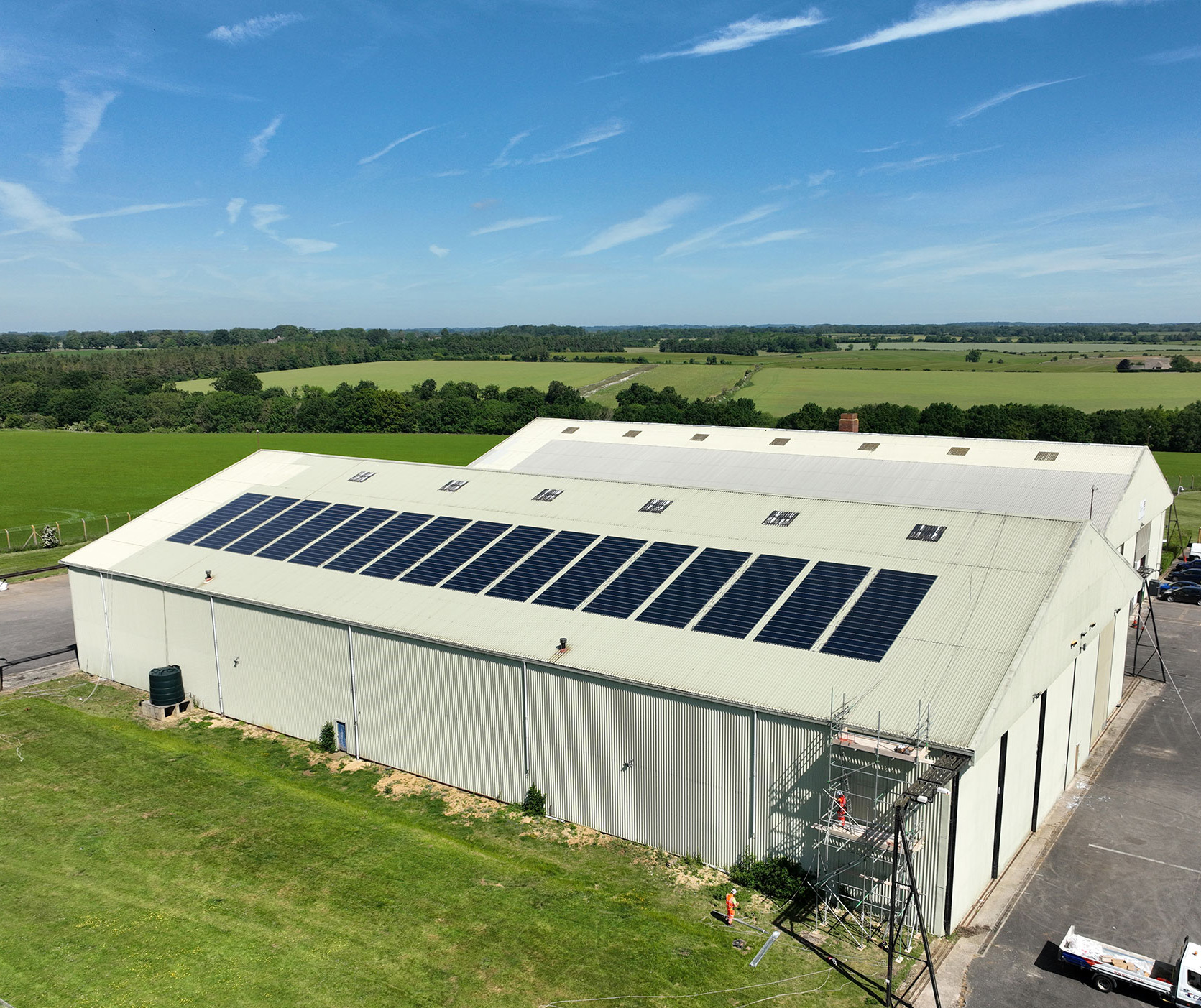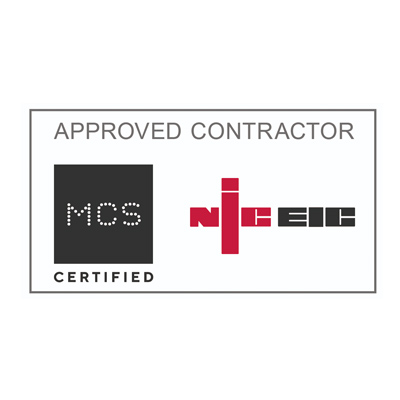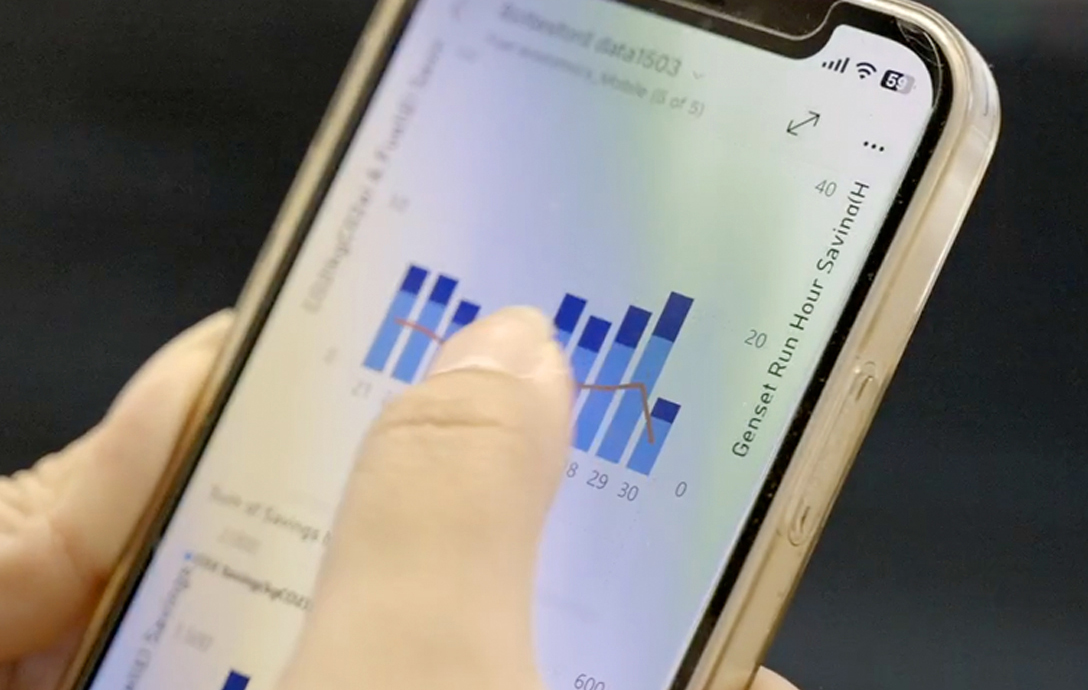July 29, 2025
Harnessing the Sun: How Lightweight Solar Solutions Are Transforming Agricultural Buildings
As global energy prices fluctuate and sustainability becomes a pressing concern, the agricultural sector is turning to innovative, eco-friendly technologies to future-proof operations. One such advancement is lightweight solar solutions, an ideal fit for agricultural buildings that have traditionally been underserved by conventional solar technology due to structural constraints.

THE STRUCTURAL CHALLENGE FOR AGRICULTURAL BUILDINGS
Many agricultural buildings - such as poultry sheds, grain stores, and dairy farms - have large roof spaces which seem perfect for solar panels. However, traditional solar systems are often too heavy for these structures, which weren't designed to support significant additional loads. This has historically limited renewable energy options for agriculture, especially those managing older or complex buildings.
LIGHTWEIGHT SOLAR: A GAME CHANGER
Lightweight solar panels can be made using thin film, crystalline silicone or perovskite. Weighing significantly less than traditional panels (in some cases up to 70% lighter), lightweight solar solutions can be installed on a wider variety of structures without expensive structural reinforcements.
One company leading the charge in this space is Solivus, a UK-based clean tech firm pioneering next-generation lightweight solar solutions. Solivus specialises in the design, engineering and installation of lightweight solar panels that sit on rooftops which cannot bear the load of traditional systems or cannot be penetrated. Solivus’ solutions can be curved, adapted, and integrated seamlessly, making them particularly suitable for agricultural applications.
SOLIVUS IN ACTION: LIGHTWEIGHT SOLAR ACROSS INDUSTRIES
Solivus has already worked with a number of high-profile clients including airports, stadiums, warehouses and supermarkets, installing lightweight solar on mega-buildings to help generate clean, on-site energy. These projects have not only reduced electricity costs but have also decreased carbon emissions, helping industries and organisations meet growing regulatory demands for sustainability.
Commissioned in March 2023, a total of 221 lightweight solar panels were installed by Solivus at Northamptonshire County Cricket Club. Last year, the latest operational data showed that not only has the system decarbonised the stadium by producing cleaner, greener energy, but also enhanced the financial returns for the club. As of August 2024, operational data reveals the installation has seen total estimated savings for NCCC of over £20,000.
BENEFITS FOR THE AGRICULTURAL SECTOR
According to reports by the International Renewable Energy Agency (IRENA), renewable energy solutions like solar can increase resilience in food production systems, reduce operational costs, and support rural energy independence. Here are some of the key benefits lightweight solar brings to agricultural buildings:
Energy Independence
Generate power on-site, reducing reliance on grid energy and vulnerability to price swings.
Carbon Footprint Reduction
Clean electricity directly offsets fossil fuel usage, aiding in net-zero targets. According to a report conducted by the International Energy Agency, “We must consider that staying on the path to net zero by 2050, requires rapid deployment of all available clean energy technologies – such as renewables, EVs and energy efficient building retrofits – between now and 2030. For solar power, this deployment is equivalent to installing the world’s current largest solar park roughly every day.” Source.
Minimal Structural Impact
Lightweight solutions are non-intrusive and suitable for a wide variety of building types.
Cost Savings
Lower energy bills over the long term, with many systems offering a payback period of just a few years.
Scalability
Easy to expand or replicate across multiple agricultural buildings.
THE BIGGER PICTURE
Government incentives, such as the UK's Smart Export Guarantee (SEG) and agriculture-specific grants, are also encouraging farmers to adopt solar technologies. Coupled with the rapid innovation in materials and installation techniques, solar energy is becoming more accessible and financially attractive than ever.
FINAL THOUGHTS
Agriculture is at the crossroads of tradition and innovation. Lightweight solar solutions like those offered by Solivus present a practical and scalable way to bridge that divide - providing clean, renewable energy without the engineering headaches of the past. For owners of agricultural buildings looking to cut costs, reduce emissions, and increase resilience, the sun has never been a more powerful ally.
Related Articles

ACCREDITATIONS


















